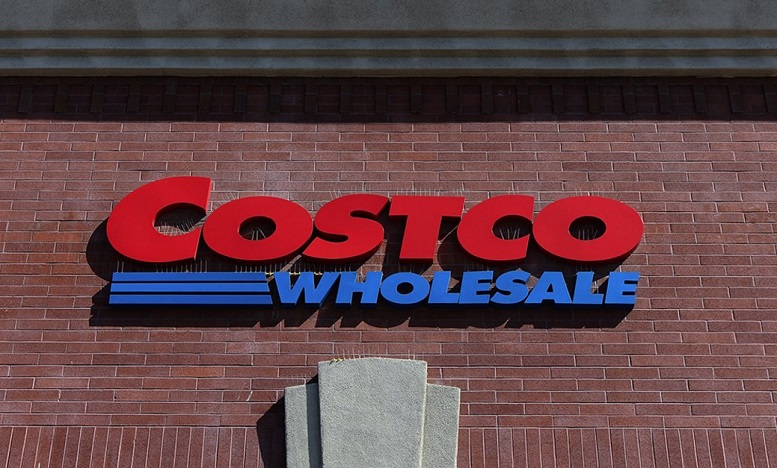Costco Wholesale Corp (NASDAQ:$COST) began its venture into e-commerce as early as 1998 – just when Amazon (NASDAQ:$AMZN) started to expand its product offers beyond books. Despite this, however, Costco has shown little to no growth in the digital business realm. This can be extremely damaging for the popular grocer and/or department store as similar companies like Walmart (NYSE:$WMT), Best Buy (NYSE:$BBY), and Target (NYSE:$TGT) have been accelerating and expanding their online presence in the face of Amazon’s retail domination. Compared to Walmart’s 63% increase in e-commerce sales, Best Buy’s 23% increase, as well as Target’s 22% increase, Costco’s 11% increase is something that investors should be concerned about. Overall, the e-commerce market has been increasing by 15% annually.
However, Costco does have a reason for its rather slow online growth. While the company does offer 6,000 more products online than in-store, Costco’s in-store sales fared much better due to a larger demographic of older consumers.
Still, this doesn’t mean that Costco is completely exempt from being threatened by the rise of online retail. According to Bloomberg, about half of Costco’s consumers are also Amazon Prime members – a dramatic increase from the 14% it saw about five years ago. If this isn’t concerning enough, Amazon is also about to close its acquisition of Whole Foods (NASDAQ:$WFM). Because Costco is most well-known for their low prices and bulk grocery goods, Amazon’s partnership with Whole Foods could pose a potential to damage Costco’s sales.
On Thursday, August 24th, Costco’s stock closed after a 5.04% decrease, reaching $151.33.
Featured Image: twitter










